As Rwanda’s 2025 Second Ordinary National Development (SOND) planting season begins, schools across the country are turning their campuses into vibrant centers of learning, nutrition, and community development—one bean at a time.
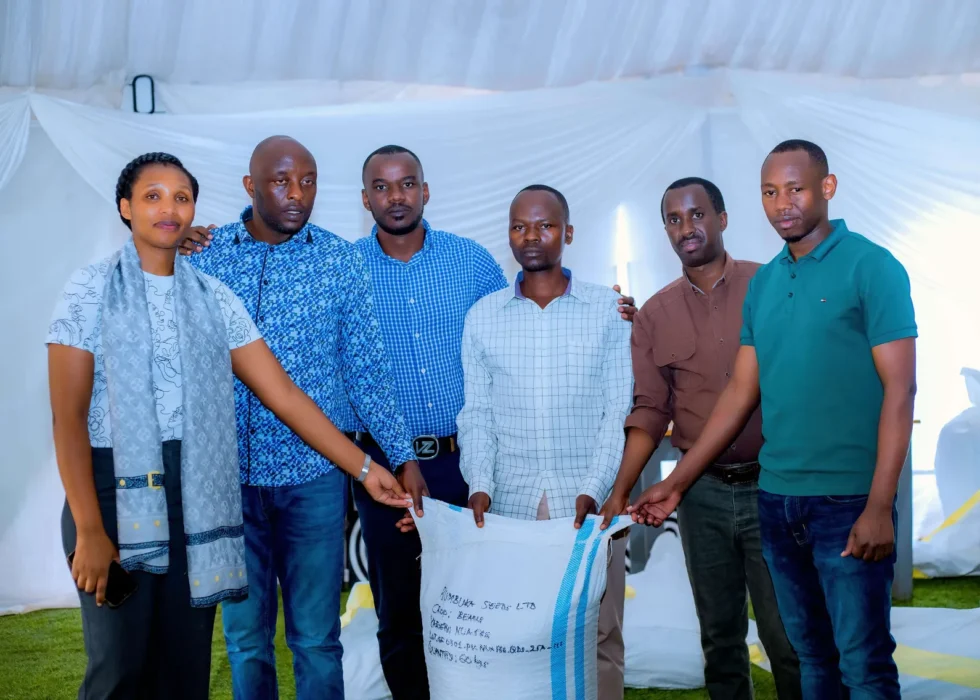
Through the Sustainable School Feeding Innovations (SSFI) Initiative, more than three tons of High Iron Bean (HIB) seeds have been distributed to 92 schools in Kigali and the Eastern Province. Implemented by the Alliance of Bioversity International and CIAT through the Pan-Africa Bean Research Alliance (PABRA) and funded by Clifford Chance, the program works in partnership with the Ministries of Education and Agriculture, the City of Kigali, and the Heads of Schools Organization (HOSO). The initiative aims to integrate agriculture into education, improve nutrition, and reduce malnutrition among school-aged children.
In Kigali, students actively tend school gardens, cultivating HIB varieties alongside other nutritious crops. These gardens serve as practical classrooms, teaching students sustainable farming practices, nutrition, and healthy eating habits. “The school garden is more than just a source of food; it’s where students learn life skills,” said Alice, a 16-year-old leader of her school’s nutrition club. “We teach our parents and neighbors about gardening and nutrition, helping to improve the health of our entire community.”
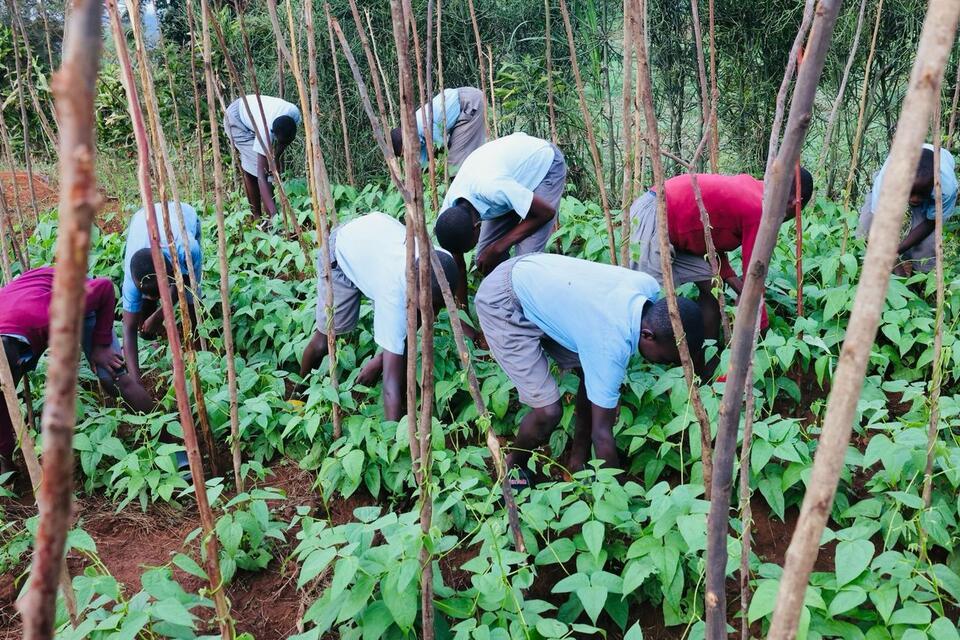
Parents involved in the program report improved dietary practices at home, while schools have upgraded water, sanitation, and hygiene (WASH) facilities, enhancing both learning and community health.
From Training to Transformation
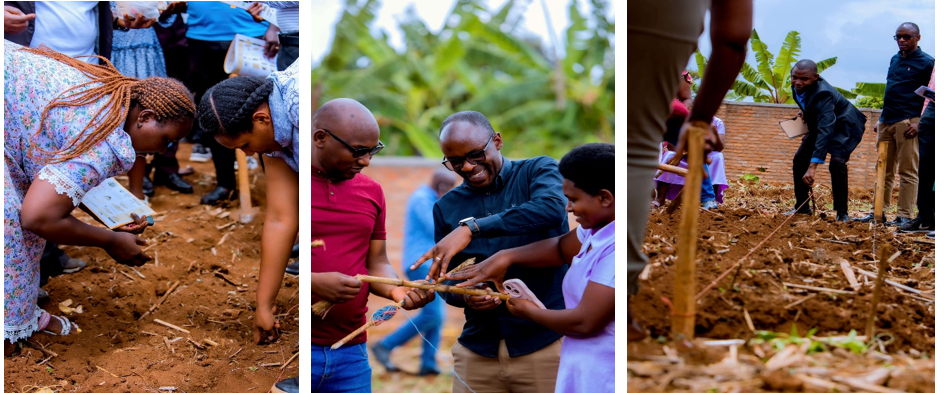
To ensure school gardens thrive, the SSFI Initiative conducted hands-on training for 222 teachers and school administrators, with women making up 53 percent of participants in Kigali and 22 percent in the Eastern Province. Workshops, held at the Rwanda Education Board (REB) in Kigali and Silent Hotel in Kayonza, focused on bean cultivation, nutrition awareness, and climate-smart farming practices.
Participants learned the full lifecycle of bean production—from land preparation and seed selection to pest management and post-harvest handling. Using interactive videos from Scientific Animations Without Borders, educators gained practical knowledge that many had never encountered. “This training opened our eyes to how agriculture can directly improve student nutrition and performance,” said a teacher from Kayonza.
High Iron Beans are biofortified to combat iron deficiency, making them a powerful tool against malnutrition, particularly for children, women, and girls. Teachers explored practical ways to incorporate beans into school meals, including porridge flour and snacks that save cooking time while preserving nutrients. The training also addressed identifying and responding to nutrient deficiencies, including stunting, underweight, obesity, and micronutrient gaps. “It is our collaborative effort that will ensure HIBs are fed to kids in our schools, improving their health and nutrition,” said Sam Ngabire, Home Grown School Feeding Coordinator at MINEDUC.
Climate-smart practices were also emphasized. Educators learned to use seasonal forecasts and agro-climate advisories through Hinga Smart, helping schools select suitable bean varieties, plan planting schedules, and manage water efficiently. “The Eastern Province is hot, and rainfall is unpredictable. Learning to use climate advisories will help us grow HIBs successfully,” said Paul Bigirimana, School Feeding Coordinator in Kayonza District.
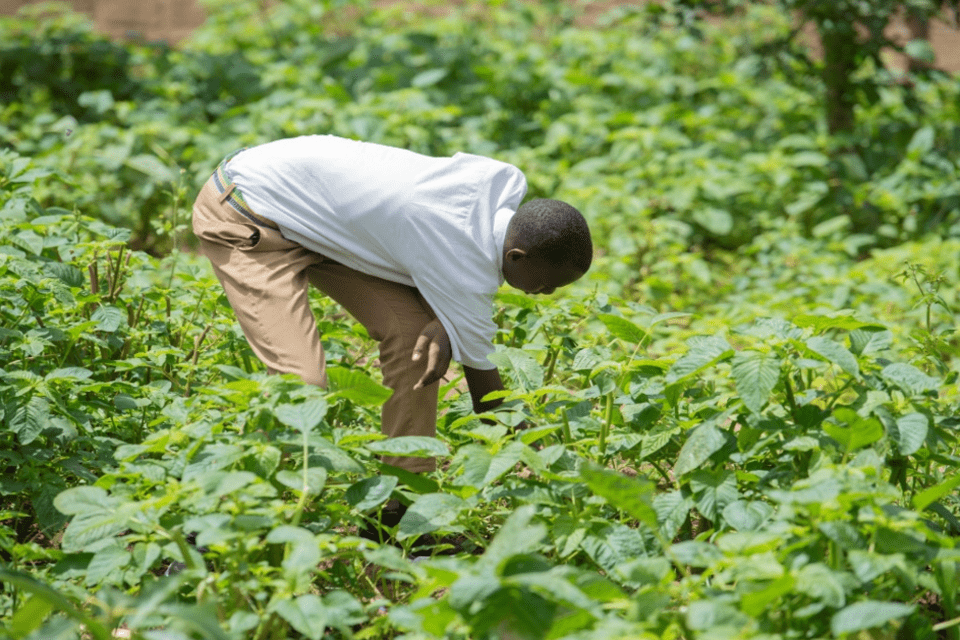
Hands-on sessions allowed schools to set up demonstration plots, applying lessons in land preparation, row planting, and fertilizer application. For the September–December 2025 planting season, 52 schools in Kayonza and Rwamagana will each plant 60 kilograms of HIB seeds on one hectare, while 40 Kigali schools will cultivate 100-square-meter plots using 700 grams of seeds. These gardens serve both as food sources and living classrooms for students, teachers, and local farmers.
The program encourages schools to monitor crop performance, document results, and share best practices with neighboring communities. Surplus seeds will be stored for future seasons or shared with other schools, extending the initiative’s impact.
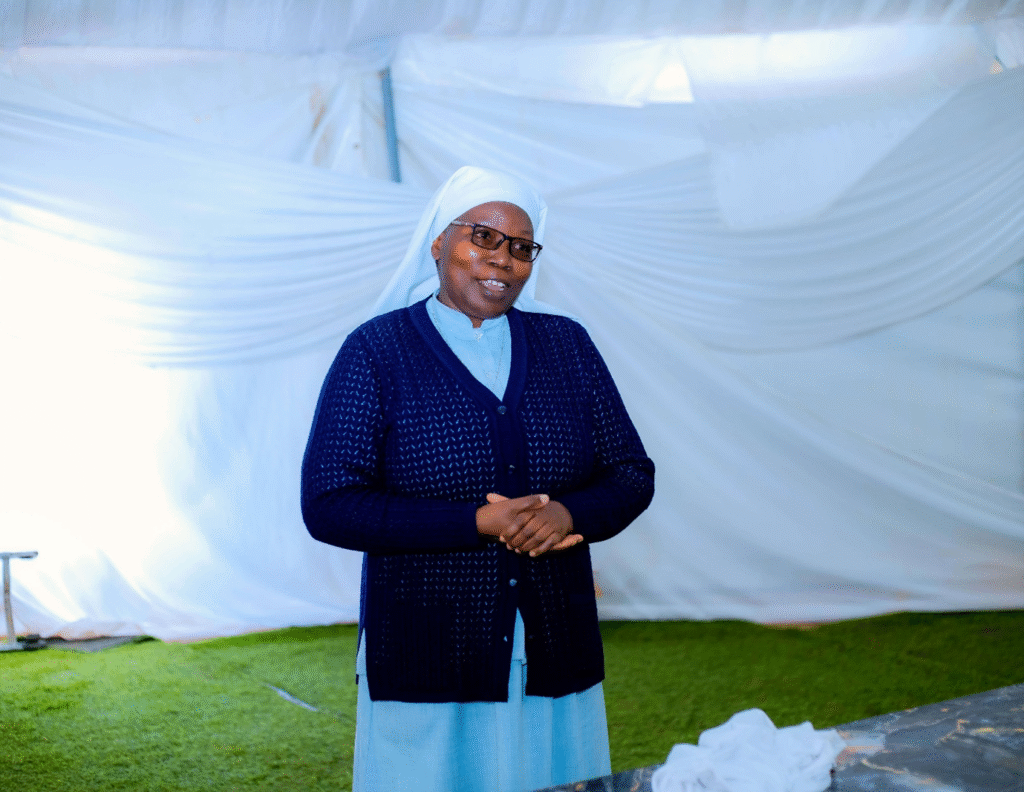
“We are committed to successfully cultivating High Iron Beans and making them a regular part of our meals,” said Sister Marie Brigitte Zikora, Finance Manager at Fawe Girls School in Gahini.
By linking school meals with locally grown, nutrient-rich crops, Rwanda’s school gardens are evolving from simple food sources into educational platforms, nutrition centers, and catalysts for community transformation. When students grow what they eat and understand its importance, even a humble bean seed becomes a tool for better education, healthier children, and stronger communities.











